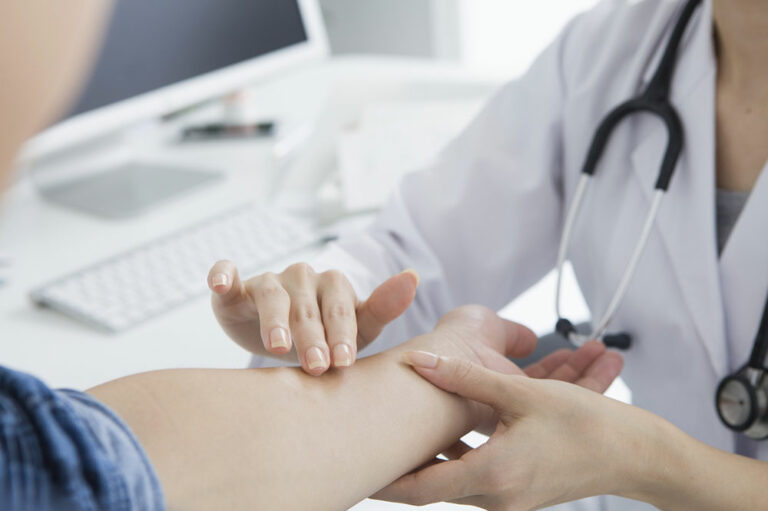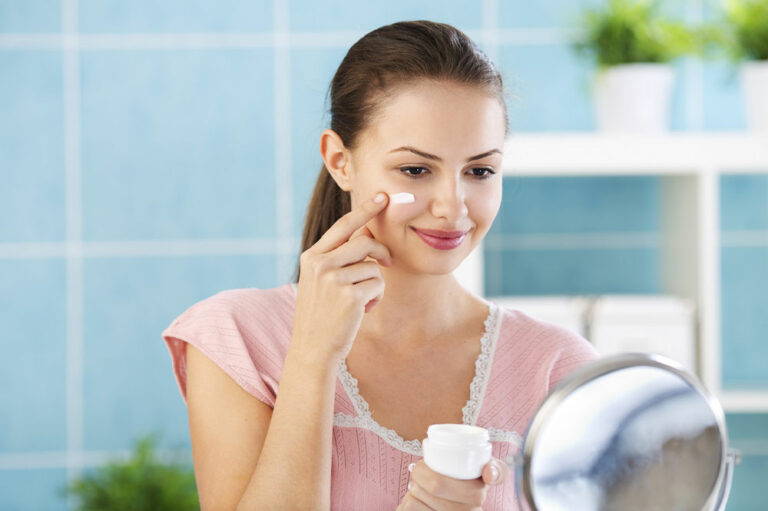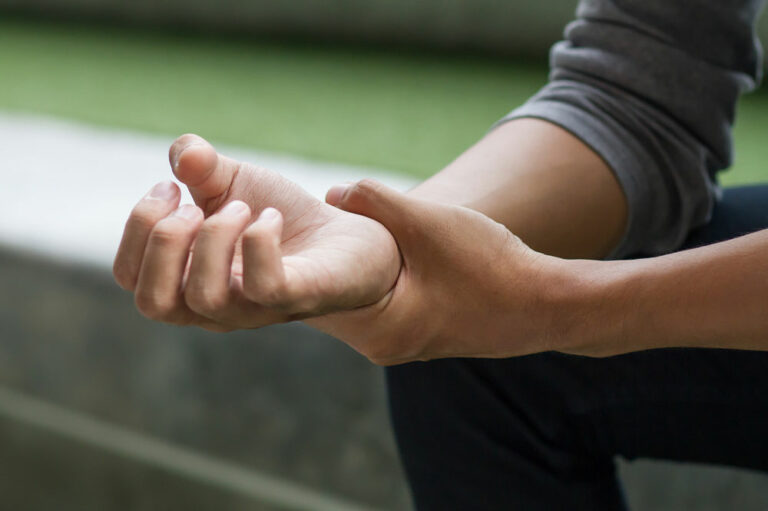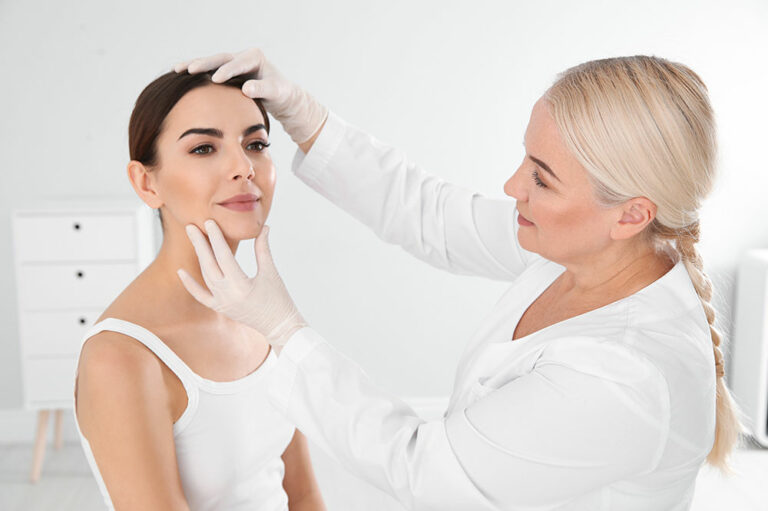
health
5 warning signs of eczema to watch out for
Eczema, or atopic dermatitis, is a skin disorder in which the skin feels extremely itchy, is flaky, and can appear reddish and inflamed. While the skin condition usually develops and is common in young children, it can occur at any age. It is also observed eczema patients are at high risk of having asthma, hay fever, and some food allergies. Keep reading to learn more about the early warning signs of this disease. Reddish and itchy skin Eczema usually starts with this symptom, which can be noticed on the feet, hands, and face. The skin may also become scaly, rough, and dry in certain areas. It needs to be properly diagnosed by a healthcare professional for initiating proper topical treatment. Blisters In some cases of eczema, one of the symptoms includes developing blisters. These are small and often have fluid filled in them. They can also be extremely itchy and, when scratched, may break and ooze on the skin. In addition, it can lead to further skin irritation in the area. Cracked skin This skin condition develops thick skin, which gets inflamed or swollen and can lead to cracks. It can get extremely uncomfortable, especially around the areas where the skin is thin and folded. An example would include around the eyelids and also around the mouth. When these signs and symptoms are observed, it is recommended to see a health professional who can help with managing them. Increased sensitivity Those with eczema may be more sensitive to certain products and substances like cosmetics, detergents, soaps, and other cleaning agents. It can lead to skin inflammation, redness, and itchiness, which can be uncomfortable. One of the ways to manage these symptoms is to replace these products with alternatives that use organic and natural ingredients. Trouble sleeping The constant itching and skin inflammation can also cause insomnia in some people as they are constantly irritated with the symptoms.










